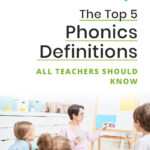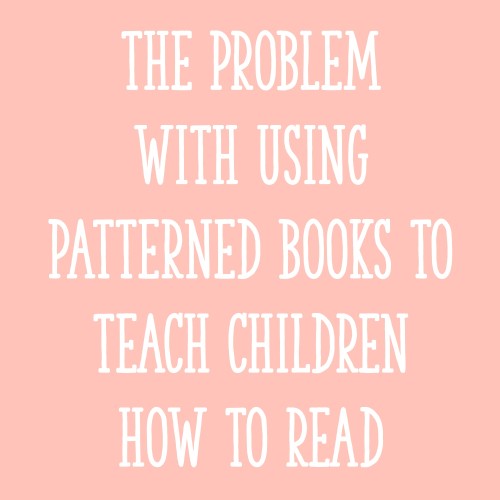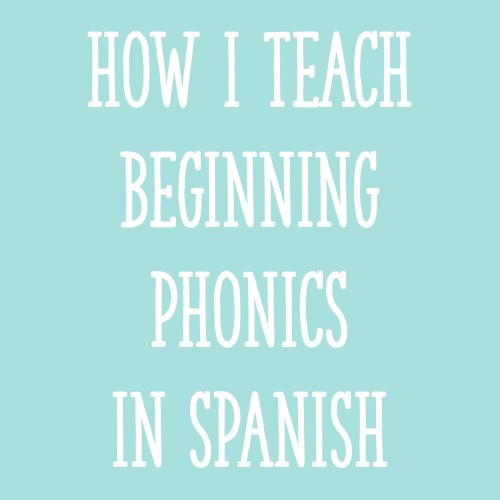Phonological awareness is an awareness of and ability to work with the sounds and sound parts in words. Learning these skills helps kids learn to read and spell words. Often, phonological awareness is practiced orally, with a teacher’s guidance. But are there phonological awareness activities that kids can work on independently – like in centers, for example?
Yes – absolutely! There are plenty of phonological awareness (and phonemic awareness) activities that students can do on their own. Keep reading for tons of ideas for engaging, hands-on phonological awareness activities. These activities are a fun way for kids to get further practice with the phonological awareness skills you’re already teaching and working on.
Rhyming Activities
Rhyming is considered to be one of the “easier” phonological awareness skills. Rather than requiring students to hear the individual sounds in words (phonemes), it requires attention to word chunks. Rhyming words like “cart” and “start” have the same chunk of sounds (/art/) at the end.
Clip cards are a fun way to practice rhyming! In this activity, students clip the small picture that rhymes with the larger picture. Using clothespins is a great way to help students practice fine motor skills, but you could also simply have students cover the matching picture with a counter, counting bear, etc.

If students are working independently, you could always have them take a photo of their finished work, or check with a partner, for accountability.
As students improve in their rhyming skills, they should also be able to generate (say) words that rhyme with a given word. Here is a board game that 2-3 kids can play, where they have to say a word that rhymes with a picture they land on. If they can’t think of a rhyming word, they move back and lose their turn.
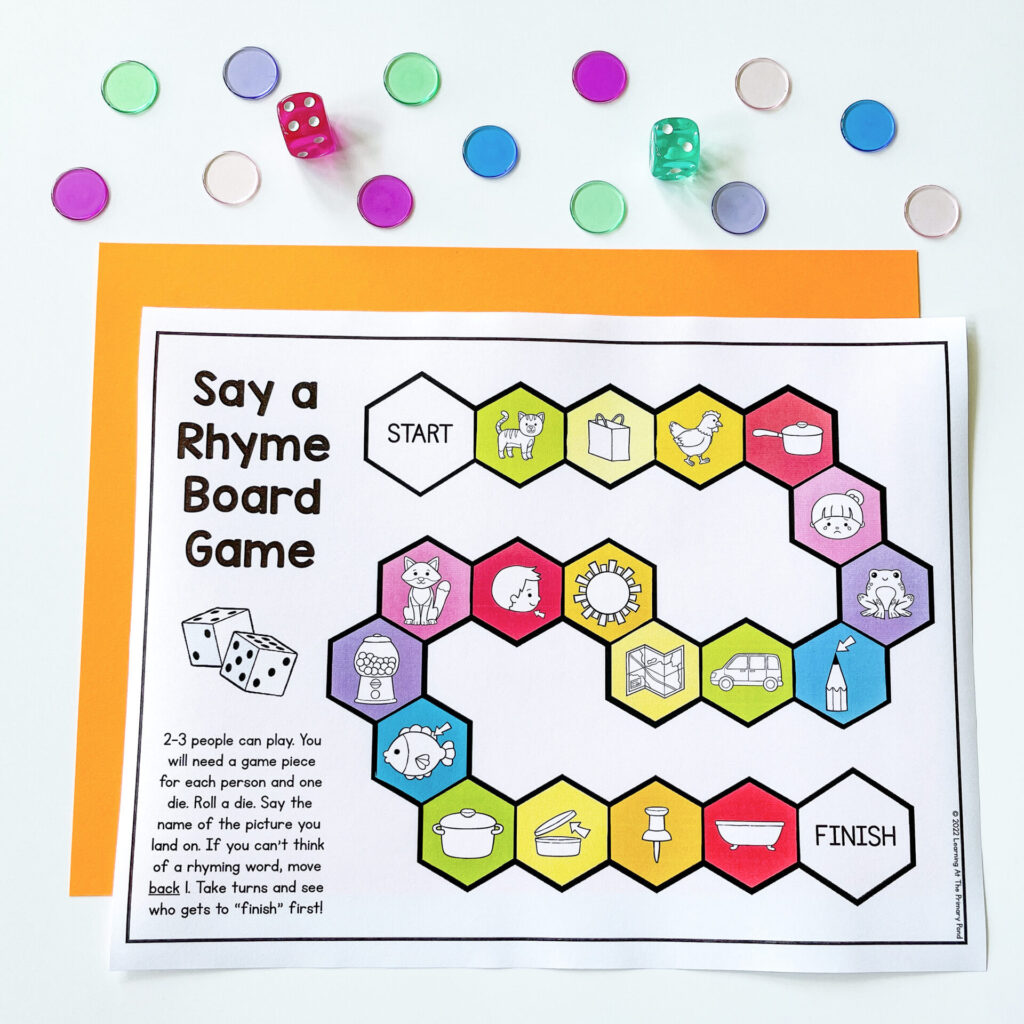
There are many additional rhyming activities in my complete Phonological Awareness Centers pack.
Syllable Blending and Syllable Segmenting
Syllables are the “beats” in words. Every syllable in English has a vowel sound. To develop kids’ phonological awareness skills, we can have them:
- Blend syllables – put syllables together to make a word (teacher says “/read//ing/;” students say “reading”)
- Segment syllables – say the individual syllables in a word (teacher says “sunset;” students say /sun//set/)
Blending syllables is typically easier for kids. I often play a game where I say the individual syllables in one child’s name, and the class has to put them together, say their whole name, and turn to look at the child. They love this!
Syllable puzzles are a fun way to give kids practice blending syllables and segmenting syllables.
If you provide the mixed-up pieces in these syllable puzzles to students, they can say each syllable and the entire word as they physically move the pieces together (example: rain-bow, rainbow).
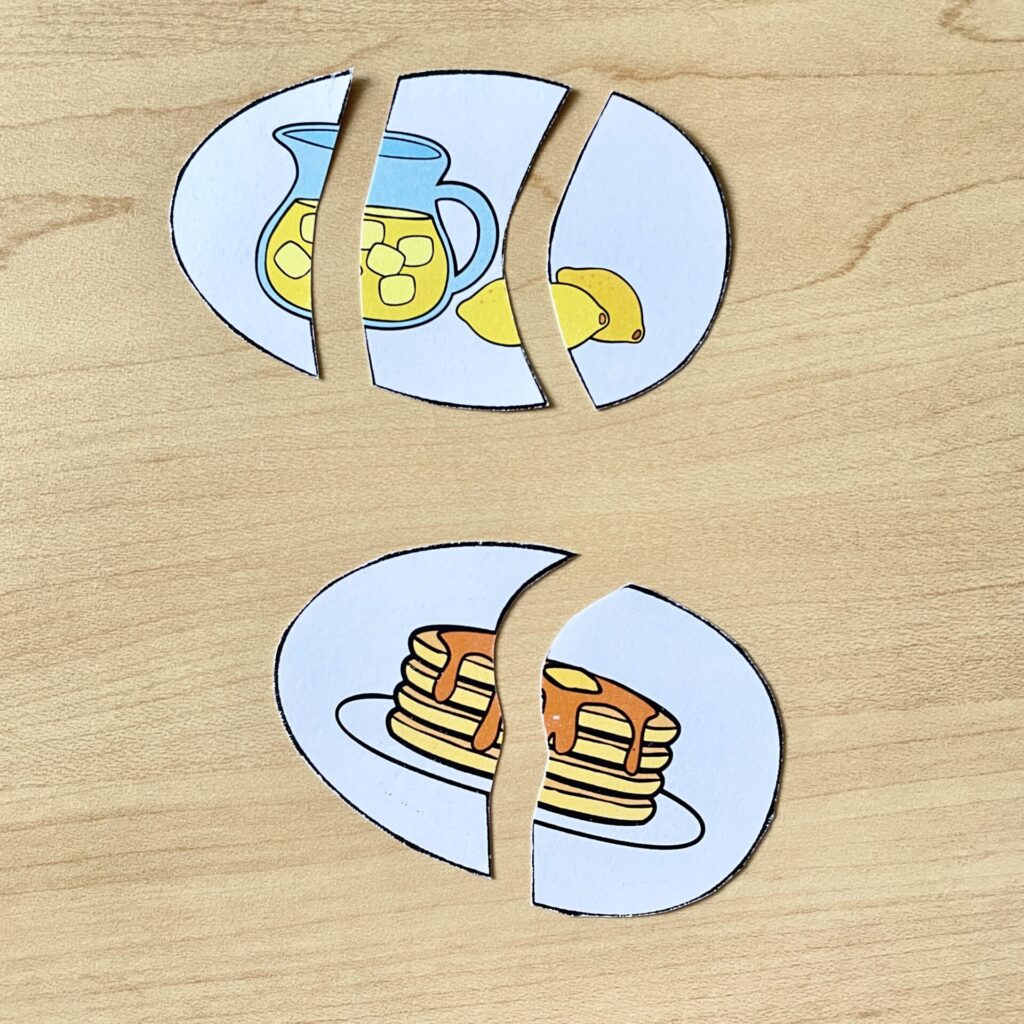
You can also have kids practice counting syllables on a simple sheet like this:
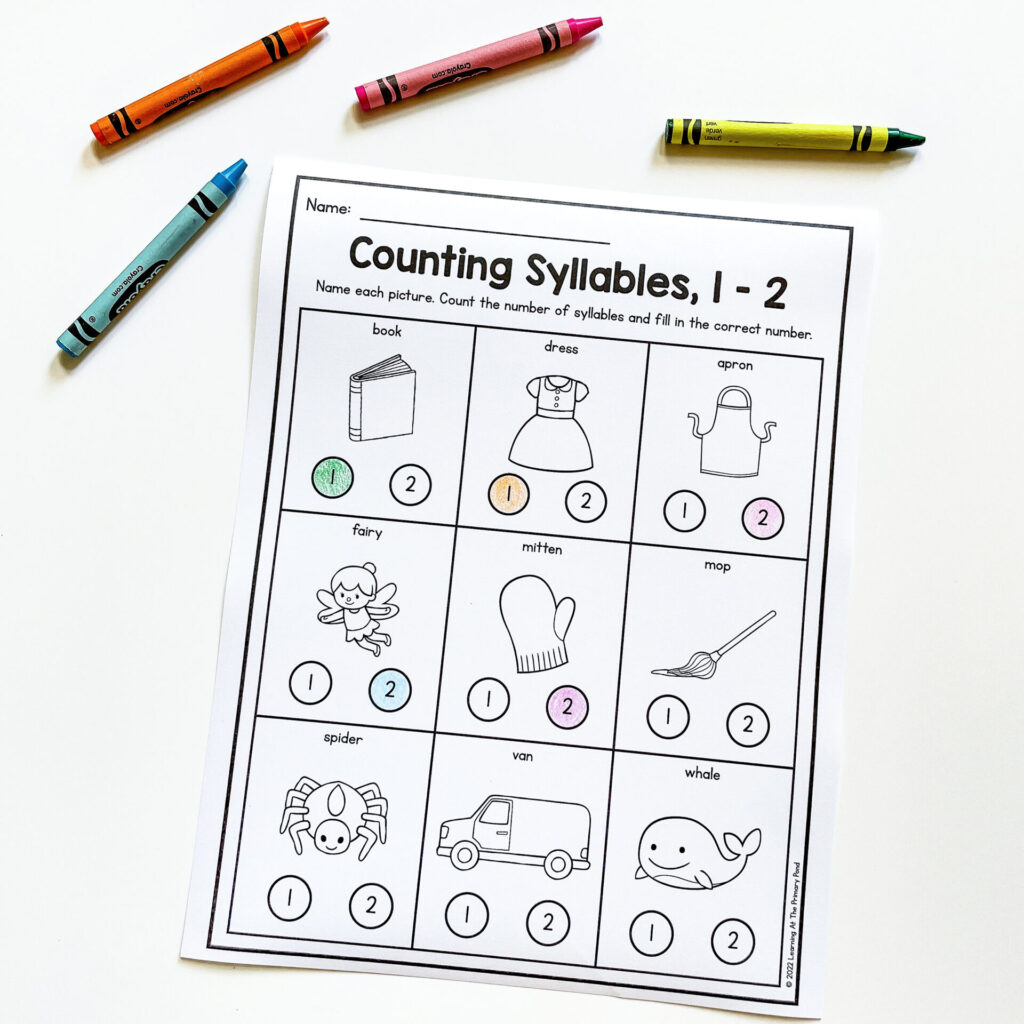
Phonemic Awareness Activities
Phonemic awareness is awareness of and ability to work with the individual sounds in words. These are the most important types of phonological awareness activities!
There are many different skills within the category of phonemic awareness. They include:
- Isolating sounds
- Blending sounds
- Segmenting sounds
- Adding sounds
- Deleting sounds
- Substituting sounds
If you want to read more about the six levels of phonemic awareness, check out this post.
Isolating, blending, and segmenting are the phonemic awareness skills that most lend themselves to independent practice. Adding, deleting, and substituting sounds usually require a teacher’s direction / input.
Isolating Sounds Activities
Usually, you’ll begin by having students isolate the first sound in a word. For example, the first sound in the word “hat” is /h/. In this hands-on picture sort, kids sort pictures, some of which start with the /k/ sound like “car” and some of which start with the /b/ sound like “bell.”
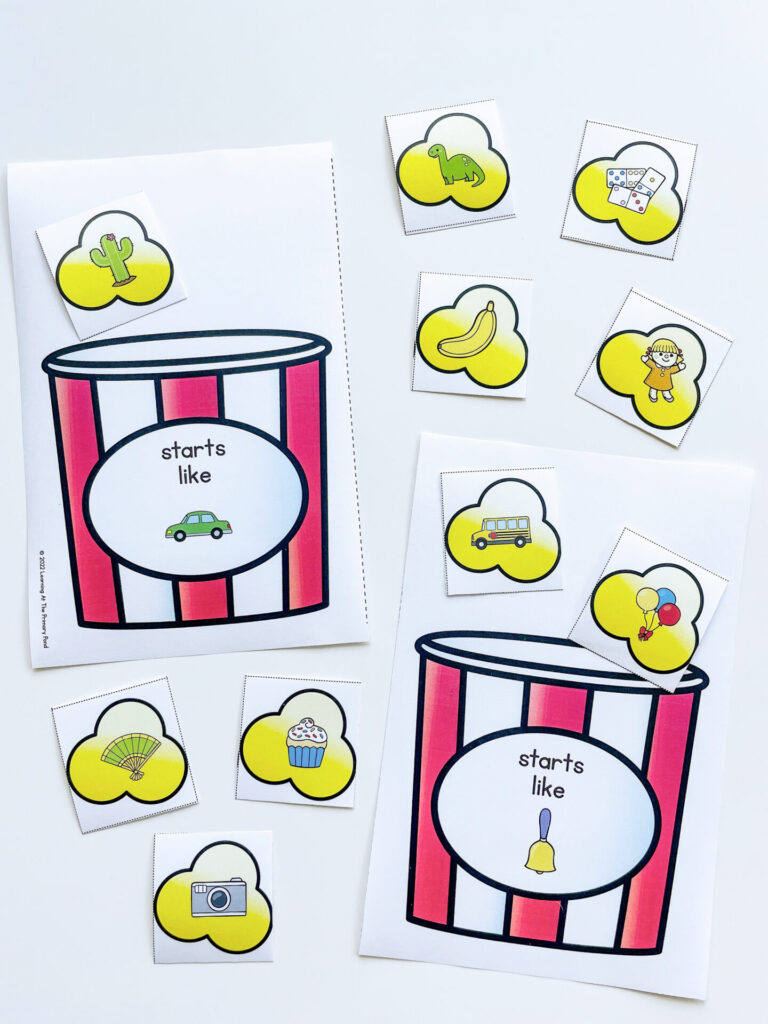
As students master the basic consonant sounds, you can also begin having them isolate an initial digraph sound like /sh/, /th/, or /ch/. In this board game, students move around the board, saying the first sound of the digraph pictures they land on (i.e. “thumb,” /th/).
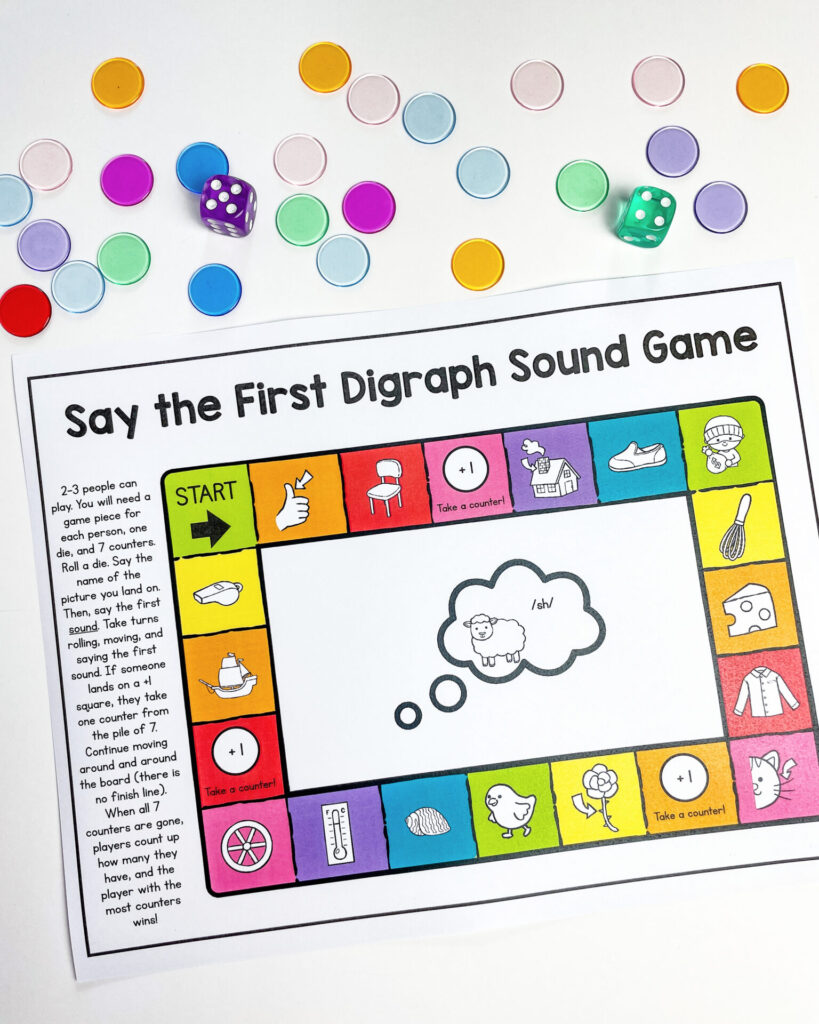
As students’ phonemic awareness abilities develop, they should learn to isolate the last sound in a word. In this activity, students have to sort pictures by their ending sound. The picture for “rug” is placed on the mat because it has the same ending sound, /g/, as “dog.”

When doing this activity, you would also typically give them other “apple” mats – for example, for pictures that end like “hat” – so students are differentiating between 2 to 4 different ending sounds, which you can see in the picture below:
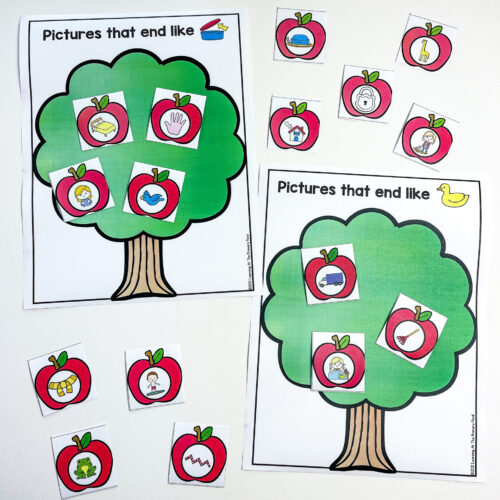
Eventually, your students should get to a point where they can isolate the middle vowel sound. In these fun puzzles, kids assemble pieces together that have the same middle sound (i.e. net, ten, tent, hen all have the short e sound in the middle).

You can also incorporate different types of vowels (i.e. short, long, diphthongs, r-controlled vowels) as you work on phoneme isolation.
Blending Sounds Activities
Blending phonemes means taking the individual phonemes (sounds) and putting them together to make a complete word. Blending can be challenging to get kids to practice on their own (without a teacher or technology), because they need to hear individual sounds spoken aloud. However, once students are doing fairly well with blending and segmenting during your lessons, you might have them play a partner game like this:
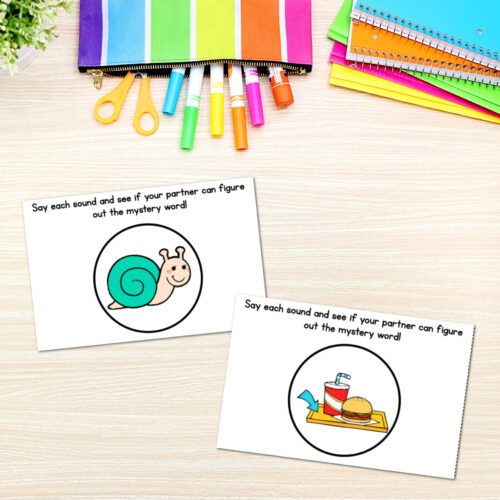
This game requires students to blend AND segment! One partner holds one of these cards (without showing their partner) and says each sound in the word aloud. For example: /s/ /n/ /a/ /l/. The other partner has to say the complete word (snail). For the next card, the players switch roles!
Segmenting Sounds Activities
The partner game above is a great way to practice segmenting, or breaking up a word into its individual sounds. Another simple way to have students practice segmenting is with sound boxes. In these sound box cards, students say the name of the picture aloud (i.e. “crab”) and then say the individual sounds: “/k/ /r/ /a/ /b/.” As they say each sound, they push a counter into one of the sound boxes.
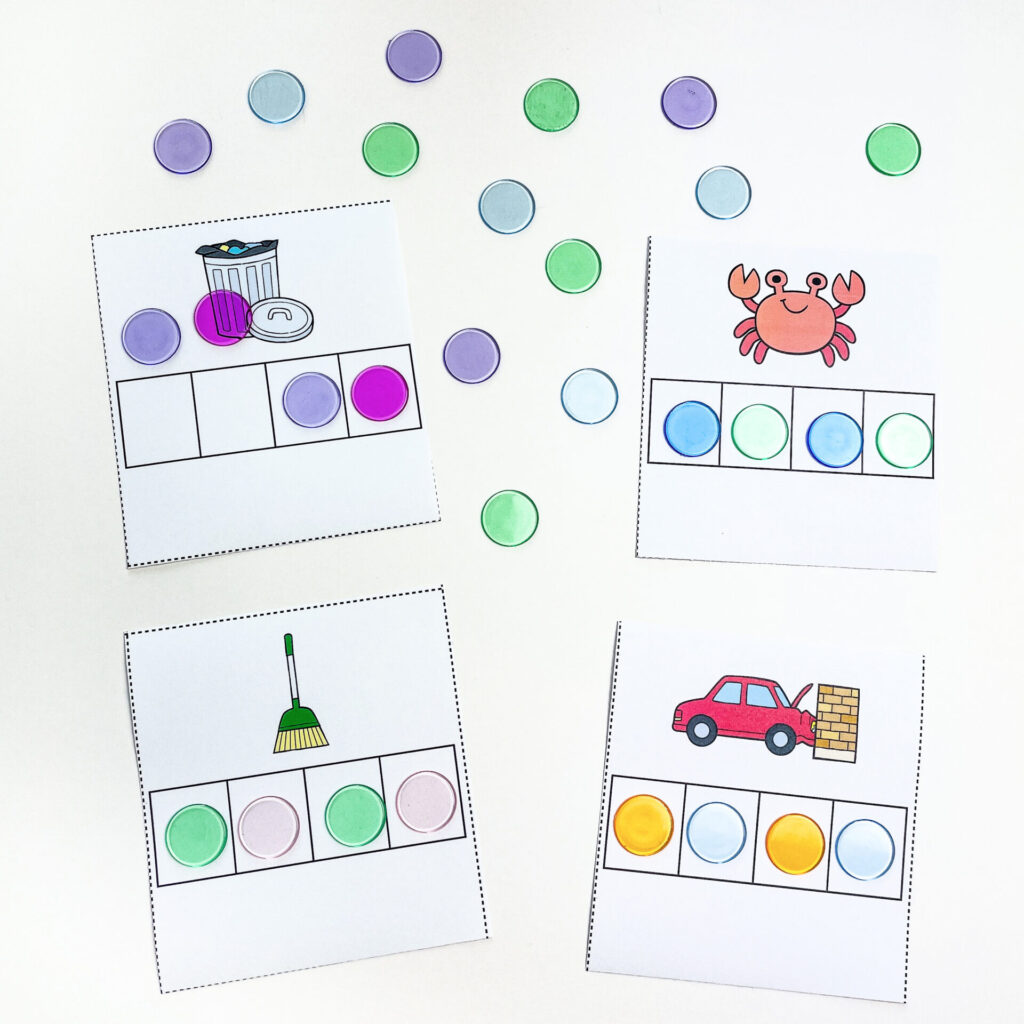
Where To Access These Phonological Awareness Activities
You can grab ALL these phonological awareness activities (and so many more!) in my Phonological Awareness Pack designed for Kindergarten, 1st grade, and 2nd grade! There are 124 center activities in all, so this pack will last throughout the entire year.
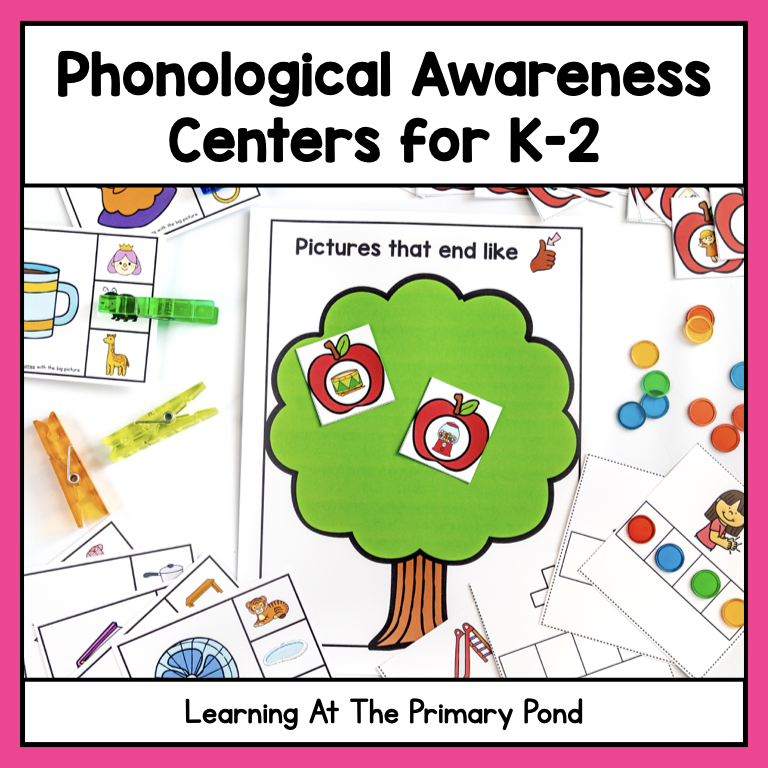
Before you give students one of these activities to do on their own, model how to complete it and let them practice with you. Small groups are a great time for this! After students understand how to do an activity, then they will be ready to complete it independently.
I hope you enjoy using these phonological awareness activities with your students! If you’d like to save this post to refer back to in the future, save it to your Pinterest account with the image below!
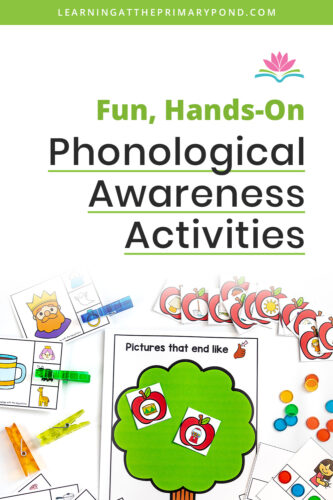
Happy teaching!

